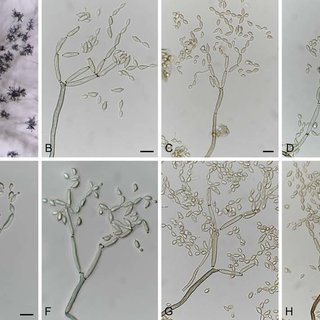Content uploaded by Uwe Braun
Author content
All content in this area was uploaded by Uwe Braun on Jun 21, 2017
Content may be subject to copyright.
Available via license: CC BY-NC-ND 4.0
Content may be subject to copyright.

A preview of the PDF is not available







































